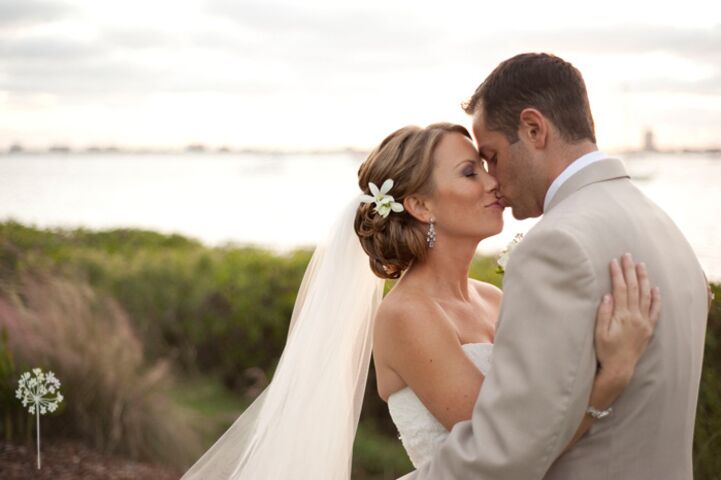Fl Studio Registry Location
4/28/2019by admin

There isn't a registry like with Windows. You can delete the application's preferences file.
[http://forums.appleinsider.com/archive/index.php/t-37556.html]
When removing applications I suggest backing up your drive in case you uninstall something you shouldn't have uninstalled.
Most small programs can have all their components contained within an app package. After running, the program will likely install a file in Preferences (either in your user area, or the main preferences, or both). Dragging a program and its preferences to the trash is often all that is needed, or you can use a program like AppDelete to delete these programs. However, most app delete programs will not have an inventory of what is installed -- they just look for files that are clearly associated with the app you are deleting.
Try to find files associated with the application you want to delete by using Spotlight, Finder, or EasyFind (free and generally highly recommended) to search for the application's name. Favorite folders for files to be installed are:
/Applications/
/Library/Preferences/
/Users/YourName/Library/Application Support/
/Users/YourName/Library/Preferences
where YourName refers to the user name when you login and the / indicates the series of folders down from your main drive.
A few programs may set login items to start automatically when your computer starts or a specific user logs in. These items are located in: /Library/StartupItems/ or /Users/YourName/Library/StartupItems/ To edit these, go to your account set up in System Preferences, login items tab, select the item(s) and a '-' to remove.
More involved programs (e.g., Office) may install bits and pieces all over the place, like fonts, libraries, etc. The software installer may have an uninstall option, or there may be a separate uninstaller for these. In bad situations you have to hunt around yourself.
Some programs install invisible files. You can use a utility like Onyx to toggle visibility on your computer and check for invisible files.
Sometimes programs install files (often hidden) not readily associated with the program and if you're worried about those the only thing to do is a scan before and after installing a program and see what has changed.
Check out the utility [AppDelete www.apple.com/downloads/macosx/system diskutilities/appdelete.html]. It will remove simple applications and most of their associated files.
[X Lab FAQ: Uninstalling applications http://www.thexlab.com/faqs/uninstallingapps.html]
[http://forums.appleinsider.com/archive/index.php/t-37556.html]
When removing applications I suggest backing up your drive in case you uninstall something you shouldn't have uninstalled.
Most small programs can have all their components contained within an app package. After running, the program will likely install a file in Preferences (either in your user area, or the main preferences, or both). Dragging a program and its preferences to the trash is often all that is needed, or you can use a program like AppDelete to delete these programs. However, most app delete programs will not have an inventory of what is installed -- they just look for files that are clearly associated with the app you are deleting.
Try to find files associated with the application you want to delete by using Spotlight, Finder, or EasyFind (free and generally highly recommended) to search for the application's name. Favorite folders for files to be installed are:
/Applications/
/Library/Preferences/
/Users/YourName/Library/Application Support/
/Users/YourName/Library/Preferences
where YourName refers to the user name when you login and the / indicates the series of folders down from your main drive.
A few programs may set login items to start automatically when your computer starts or a specific user logs in. These items are located in: /Library/StartupItems/ or /Users/YourName/Library/StartupItems/ To edit these, go to your account set up in System Preferences, login items tab, select the item(s) and a '-' to remove.
More involved programs (e.g., Office) may install bits and pieces all over the place, like fonts, libraries, etc. The software installer may have an uninstall option, or there may be a separate uninstaller for these. In bad situations you have to hunt around yourself.
Some programs install invisible files. You can use a utility like Onyx to toggle visibility on your computer and check for invisible files.
Sometimes programs install files (often hidden) not readily associated with the program and if you're worried about those the only thing to do is a scan before and after installing a program and see what has changed.
Check out the utility [AppDelete www.apple.com/downloads/macosx/system diskutilities/appdelete.html]. It will remove simple applications and most of their associated files.
[X Lab FAQ: Uninstalling applications http://www.thexlab.com/faqs/uninstallingapps.html]


Jan 13, 2009 9:23 AM
Fl Studio 10 Registry Key
Autocad 2017 activation key. FL Studio 20 is commonly set up in the C: Program Files (x86) Image-Line FL Studio 20 folder, however this location can vary a lot depending on the user's choice when installing the program. Thor ragnarok tamil dubbed movie download. The full command line for uninstalling FL Studio 20 is C: Program Files (x86) Image-Line FL Studio 20 uninstall.exe.